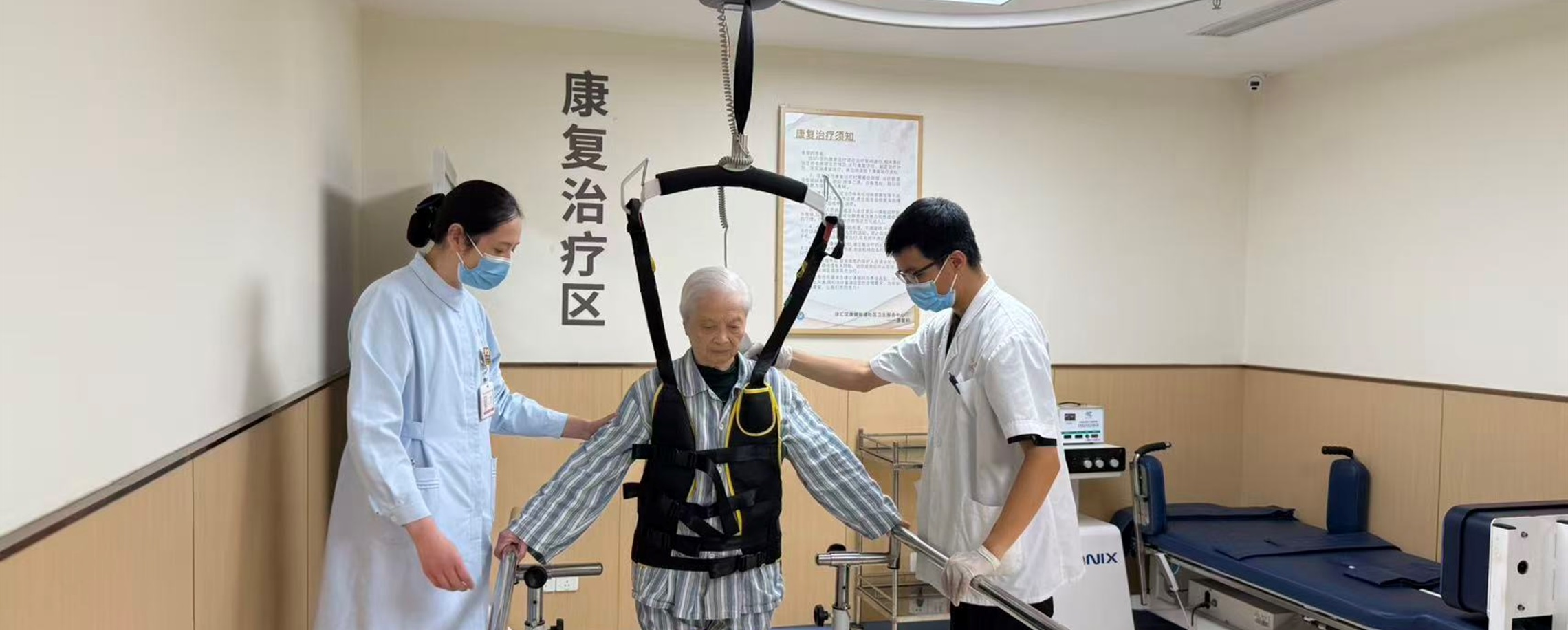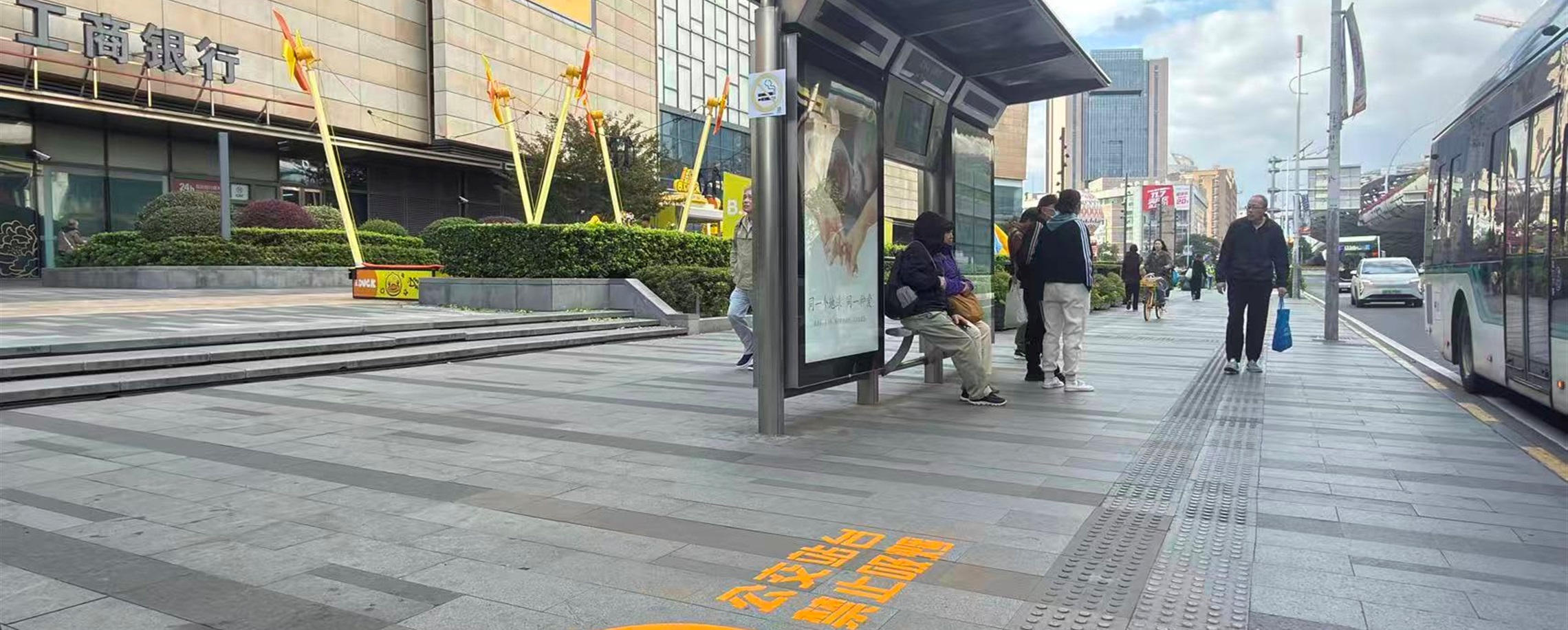From Chamber Pots to Modern Comfort: Shanghai Residents Say Goodbye to a Century of Carrying the Pot
Luo Qian still clearly remembers when as a child, she spilled a full chamber pot across her family's carpet.
"I was carrying it to the attic, but my hand slipped, and everything poured out," she recalled. "The smell lingered for days. We scrubbed and washed, but it never truly went away."
For Luo, now a community worker in her 30s, that incident was more than just an embarrassment; it symbolized the difficulties of life without a private toilet.
She was born in one of Shanghai's old lane houses in downtown Huangpu District, where her family shared a small kitchen and bathroom with another household.
"My father said this was the best apartment in the area when he moved in at 13," she shared. "But even the best didn't have a toilet."
When Luo returned to see her rebuilt home this year, she could hardly believe her eyes.
"The new apartment was bright and clean, and we finally had our own bathroom," she said. "It felt like a new life."



Shanghai has said goodbye to the chamber pot – once part of daily life for millions. In September 2025, the city completed another 6,493 home upgrades, including Luo's, bringing modern sanitation to households with shared bathrooms.
For decades, families in traditional shikumen (stone-gate) and public housing used chamber pots at night and emptied them each morning. In 1994, a local newspaper wrote that "every day, 700,000 chamber pots parade under the eaves of Shanghai."
The sight of people carrying pots down narrow alleys stood in sharp contrast to the city's modern skyline. The slogan, "People cannot carry chamber pots into modern life," captured the urgency of change.
Behind the change were years of engineering challenges and community negotiations.
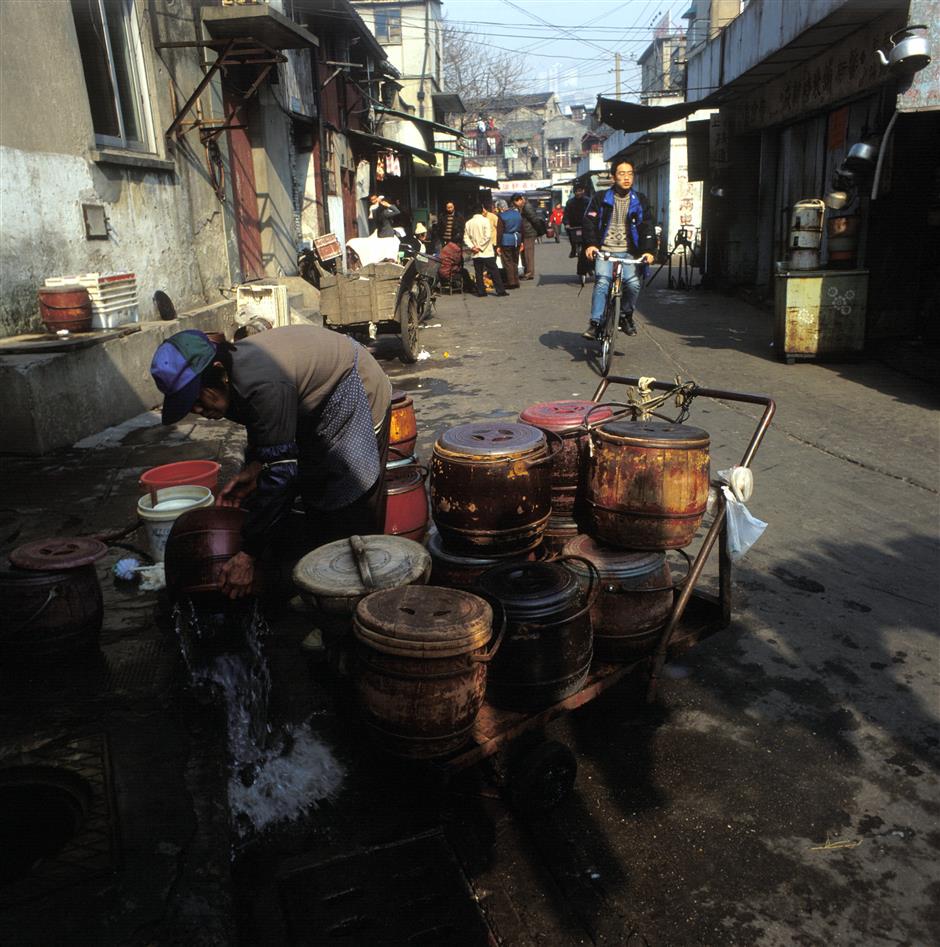
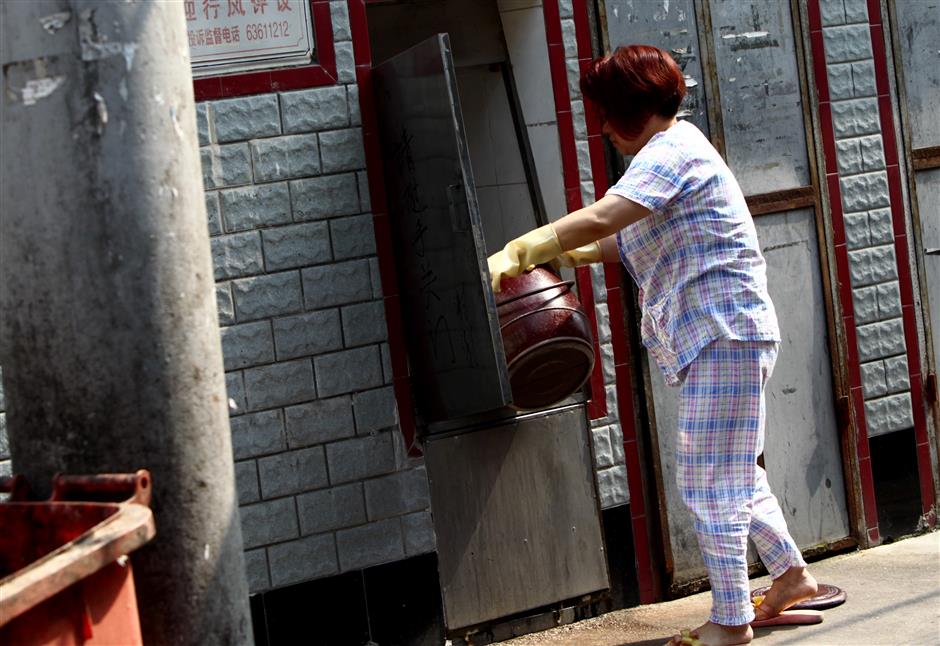
Pan Xiaochun, assistant general manager of Nanfang Property, oversaw the renovation of the No. 710, 702 and 729 lane communities in downtown Huangpu District.
"There were 756 households," Pan said. "Most of them were two-story lane houses without toilets or with very small spaces. Some rooms were just 6 square meters."
Starting in 2013, his team installed toilets in three phases: 2014, 2015 and the last in 2021.
"Many people didn't want a toilet next to their dining table," he said. "And to install drainage pipes, we had to go through neighboring homes, which caused disputes."
They used custom-made, non-standard toilets and creative pipe layouts to solve these problems.
"We even worked with the nearby hospital to share drainage routes," Pan said. "By 2021, almost every family could use a flush toilet. For the remaining families, the relocation project provided a permanent solution.

Li Xiuzhen still remembers that on rainy days, she would watch her neighbors struggle to keep their balance on the slippery brick path.
"Sometimes people slipped and the pots spilled," she recalled. "It was miserable to see."
Li, 64, had managed to install a small toilet in her tiny 17-square-meter home, but most of her neighbors could not do that.
"We were living on the ground floor with no sunlight all year round," she said. "When the relocation campaign started on June 6, it felt like the sun finally shone on us."
Her family of three used to live in a cramped room with a small attic built for her son. They could not afford to buy a new home back then.
This year, after signing the relocation agreement, she will receive a compensation.
"Next month, after we get the money, we'll buy a two-bedroom apartment near Metro Line 9 in Songjiang," Li said. "It's for my son's future."
On Jinxian Road, 85-year-old Shao Ninghua shared his home of 9.6 square meters with his daughter and granddaughter; it was once part of a horse stable built in the 1930s.
"I used a spittoon for nearly 40 years," he said. "Every day, I carried it 50 or 80 meters to empty it. The ground was uneven, and it was difficult to walk."

Shao will be relocated soon and now lives in a nearby rented apartment.
"For someone my age, being able to live in a clean, warm place with a real toilet feels like a blessing," he said. "Before my life ends, I can finally live decently."
His former home is being preserved as part of a historical renovation project. The district will restore the old "horse shed" and turn it into community spaces.
"We'll keep the buildings safe and beautiful. They will serve as a community activity center for the remaining residents," said Lu Zhongming, deputy general manager of Luwan Public Housing Asset Management.
"Old residents can live comfortably elsewhere, and those who remain will enjoy better facilities."
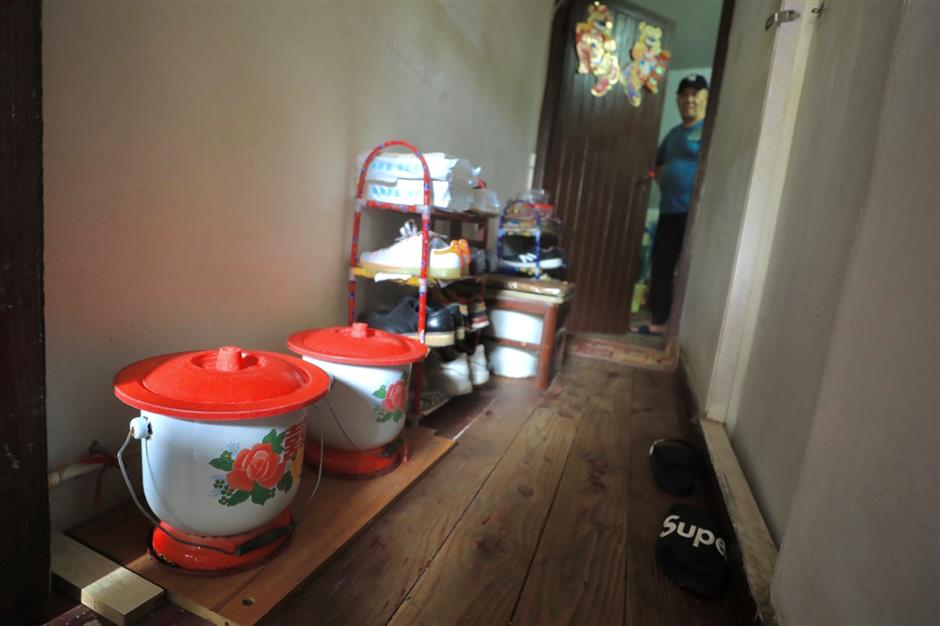

The city used different approaches to solve the same problem. In protected neighborhoods, where demolition was not allowed, the government gave residents subsidies to buy new homes elsewhere while restoring the old ones as heritage sites.
In other areas, modular prefabricated bathrooms and shared indoor plumbing systems were installed to save space and cost.
By 2024, nine districts, including Xuhui, Changning, Minhang and Songjiang, had cleared chamber pots. The rest, such as Huangpu, Hongkou and Yangpu, completed most households by the end of August 2025. The city has spent decades and massive resources to complete this transformation.
"For Shanghai, the improvement is more than infrastructure," said a city housing official. "It's about dignity, safety and quality of life."

In Case You Missed It...


